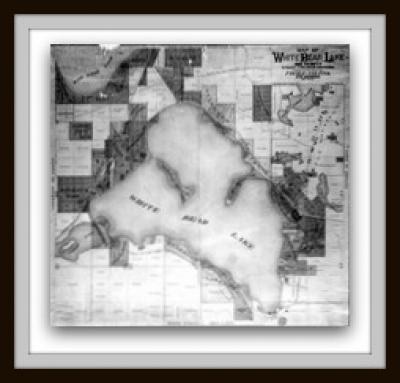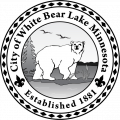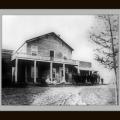- Community
- Services
-
Your Government
-
Column 1
- Agendas and Minutes
- Mayor & City Council
- Boards & Commissions
- City Charter
- City Projects
- City Calendar
Column 2
Column 3
-
History of White Bear Lake
The earliest inhabitants of the White Bear Lake area were the Dakota and the Ojibwe Indians who used it for their migratory hunting and harvesting grounds.
The United States government designated the area as Dakota land in an 1825 treaty, but later purchased all Dakota territory east of the Mississippi to open it for European-American settlement.
Rich land, abundant game, and scenic lakes attracted the early pioneers to this area. In 1858, the year Minnesota became a state, these first European-American settlers established White Bear Township, which consisted of 36 square miles of land. As word of its scenic landscape spread, the town grew into a popular resort area, attracting visitors from all along the Mississippi River. People would travel up the Mississippi by steamboat and on to White Bear Lake by train. Soon resorts and hotels lined the shores of the lake while restaurants, theaters and stores set up shop in the downtown to accommodate visitors.
The extension of Lake Superior and the Mississippi Railroad to White Bear Lake in 1868 turned what used to be a three hour horse and buggy ride from St. Paul into a twenty minute trip. Rail service provided new and exciting opportunities for business and industry in the area, eventually connecting to Duluth in 1871.
As the resort era faded shortly after the turn of the century, other industries, including farming and lumbering, continued to prosper. In keeping pace with this steady growth and development, leaders of the community officially incorporated the City of White Bear Lake in 1921.
When incorporated in 1921, the city was 2¼ square miles with a population of just over 2,000. The 1950s and 1960s were times of rapid residential expansion. By 1960, the city’s area had grown to 7 square miles with a population of about 13,000 people.
During the 1970s and 1980s, large parcels of land were opened for development through the city’s effort to extend roads and utilities. The city’s aggressive economic development program led to extensive growth in its tax base and employment levels. Several nationally known companies have moved into the area while downtown redevelopment efforts continue to make great strides in expanding downtown’s critical mass.
Over the years, the White Bear Lake area has continued to grow and prosper. Today the City’s 24,000 residents enjoy the advantages of being part of a major metropolitan area while residing in a community that has maintained its small home-town appeal.






